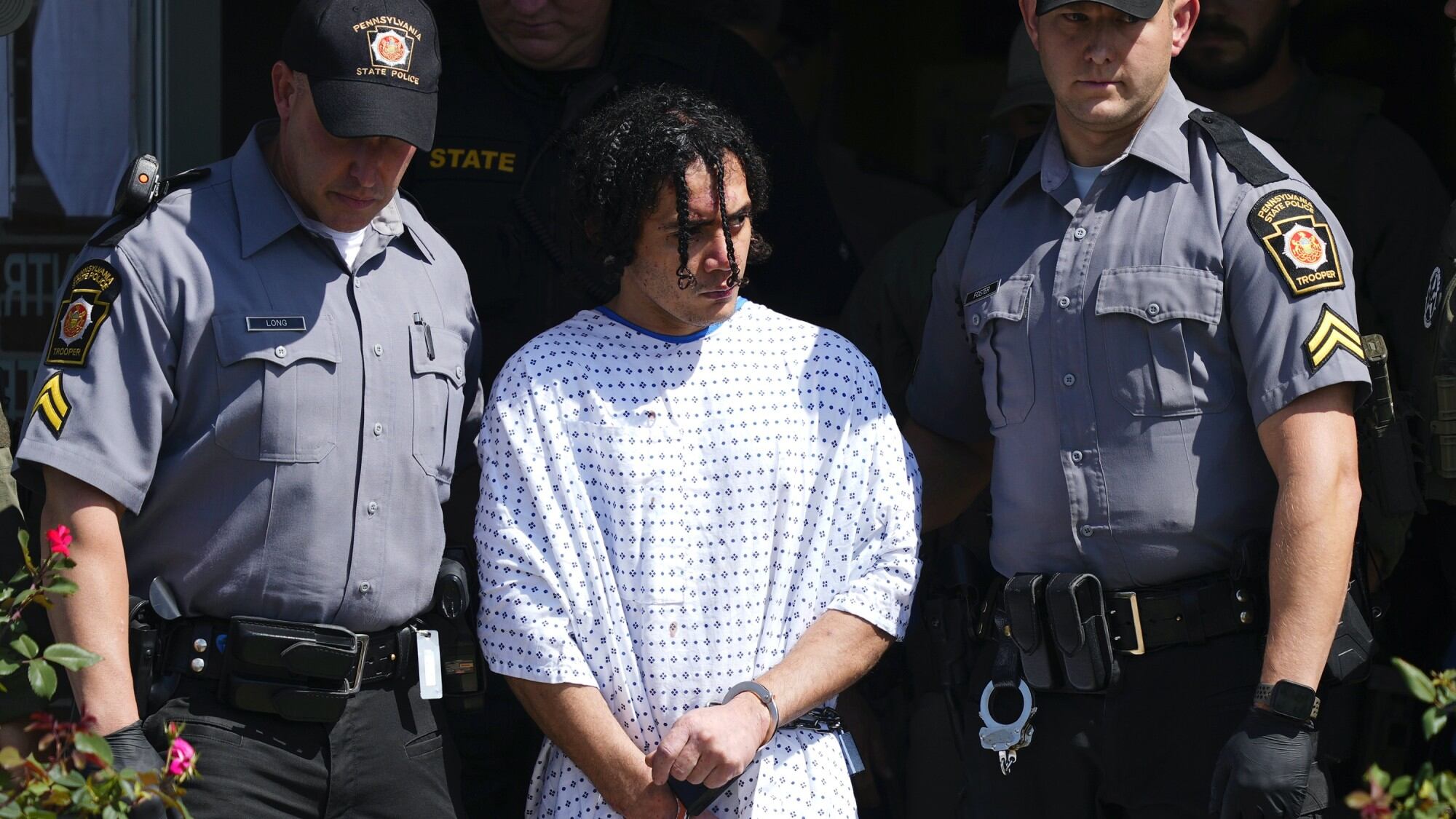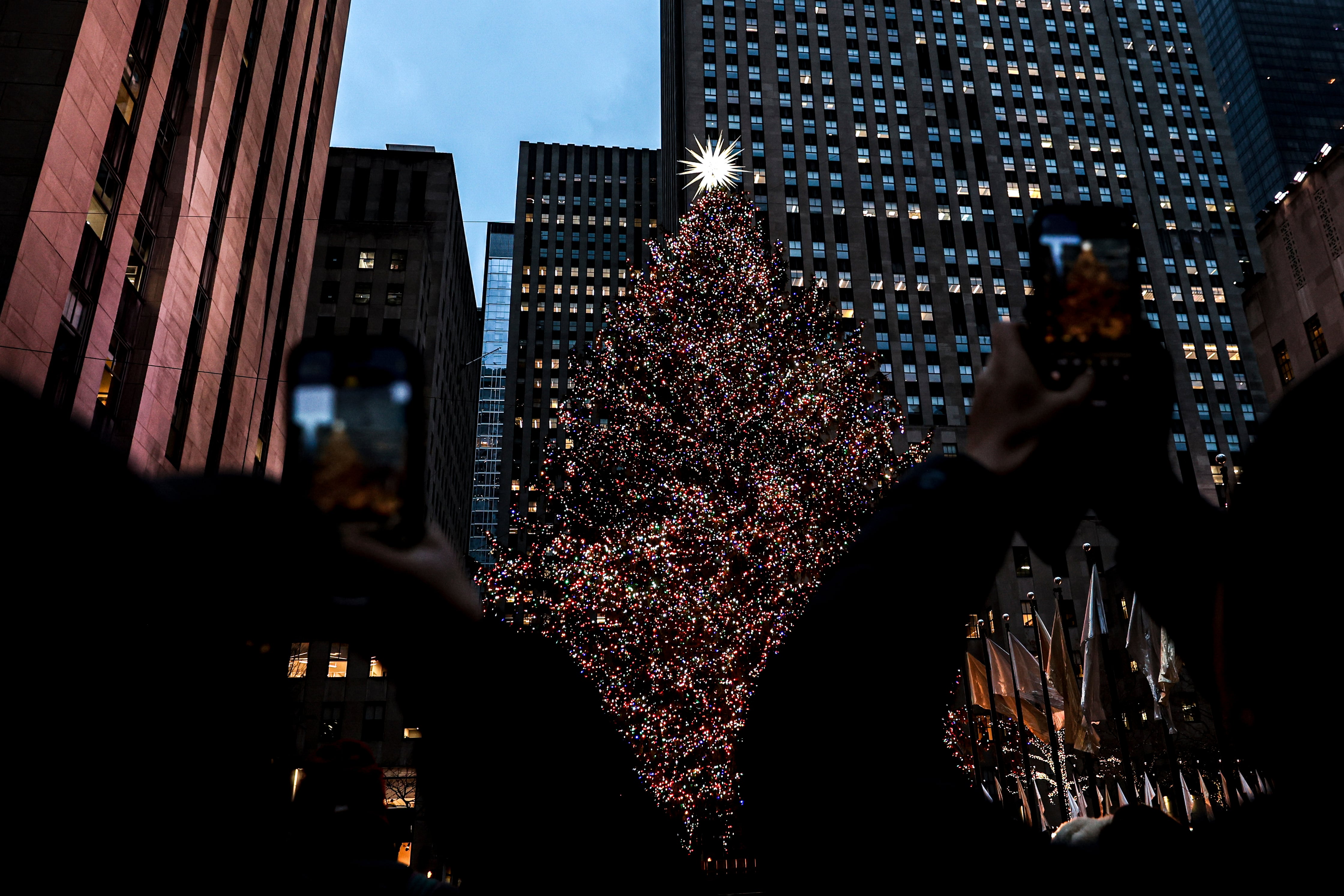By Ashraf Khalil
While the nation has been transfixed by the two-week manhunt for escaped prisoner Danelo Souza Cavalcante in Pennsylvania, another fugitive drama has been playing out in the nation's capital with comparatively minimal attention.
Christopher Haynes has been on the run for a week, since escaping from police custody at George Washington University Hospital on Sept. 6. Haynes, 30, had been arrested earlier in the day on murder charges relating to an Aug. 12 shooting in the district. His escape prompted a several-hour shelter-in-place order last week for the entire GW campus and brief roadblocks on nearby streets.
Cavalcante, a 34-year-old Brazilian national who was convicted of murdering his ex-girlfriend, was captured Wednesday morning in southeastern Pennsylvania after an extended pursuit that received wall-to-wall live coverage. Haynes is still at large and awaits a trial.
The contrast between the two manhunts has been stark: while the national media has tracked every development in Cavalcante's flight, Haynes has basically dropped off the map. Police were able to provide an image last week of Haynes wearing a black t-shirt and gray briefs and moving through a local backyard. But the only updates since then have been the offering of a $25,000 reward for information leading to his capture and a news release Tuesday increasing the reward to $30,000 and providing additional details about the escape.
Brian Levin, criminal justice professor emeritus at California State University San Bernardino, believes the difference in public attention and media coverage comes down to a number of factors. For starters, there's the viral video of Cavalcante's innovative escape from Chester County Prison as he braced himself between two walls and performed a sort of vertical crab-walk up and out of sight.
“There were all these aspects that were Hollywood-esque,” Levin said. “The video of that crab-walk up the wall looked like something out of a movie.”
Haynes also staged a dramatic-sounding escape, according to the Metropolitan Police Department. However, no video of that escape has yet emerged.
After being brought to the hospital complaining of ankle pain, he attacked the officers escorting him and escaped as they were attempting to handcuff him to a gurney. Police Chief Pamela Smith, who assumed the job six weeks ago amid spiraling violent crimes rates, later admitted that the officers had not properly secured Haynes, providing an opportunity for his escape.
Levin said the Cavalcante manhunt also featured a steady trickle of new developments that increased public interest as the hunt dragged on. There were repeated Cavalcante sightings, along with reports that he had shaved his facial hair and stolen a van and at one point stole a rifle and was shot at by an area resident.
“There was a new twist with virtually every news cycle. There were so many new twists that the public became fixated on what's coming next," Levin said. “Whereas with this D.C. fellow, there haven't been any new details where the stakes and intensity would grow with each news cycle.”
Police in Washington couldn't say if he was armed.
Cavalcante's fugitive flight also spread fear across a wide rural and suburban community, with schools closing and authorities sending out warnings to all area phones, telling residents to lock their doors and stay on alert. They were able to establish perimeters where they focused their hunt.
But Haynes escaped in the midst of a large city not far from a subway station. Police this week said that they had received multiple reports of possible sightings of Haynes. But other than the several-hour long shelter-in-place order for the GW campus on the day of his escape, there have been no other public signs of the pursuit.
“MPD continues the search for Christopher Haynes while the reward for information leading to his arrest has increased to $30,000,” police posted on the social network X, formerly called Twitter, on Tuesday.
The public's high interest in the Pennsylvania case was not that surprising.
Levin said the American public has a longstanding fascination with this sort of true-crime flight-from-justice tale. “The American crime narrative culture is something that dates back 100 years — to the days of Bonnie and Clyde, John Dillinger and Baby Face Nelson,” he said.













